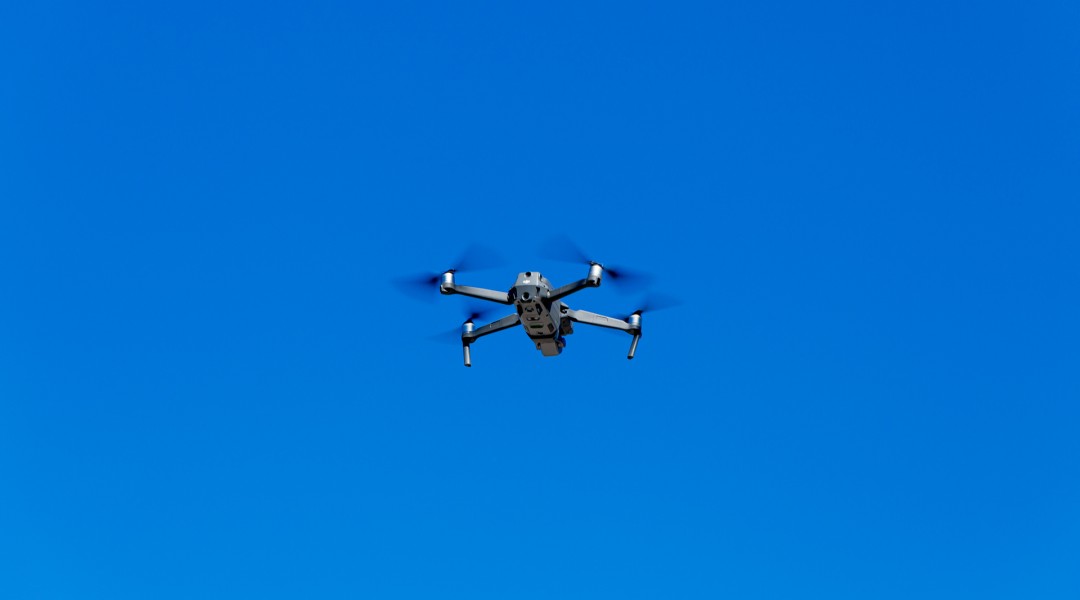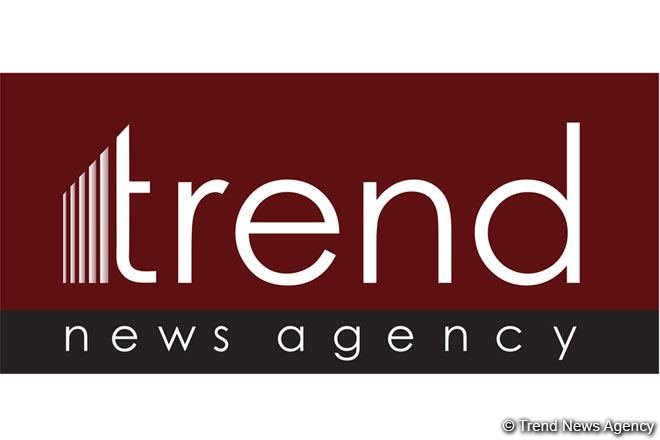BAKU, Azerbaijan, August 1. The Estonian Transport Administration, in collaboration with HexTech Solutions OÜ and Tallinn University of Technology, is conducting a study to analyze the use and trends of unmanned aviation in Estonia, Trend reports.
The research aims to gather factual data on drone activity to help the Transport Administration better understand the scope of drone usage, identify bottlenecks in the sector, and assess potential risks to manned aviation in shared airspace.
In alignment with the project objectives, a comprehensive survey was executed, garnering close to 400 participant responses. The outcomes have already elucidated some compelling insights.
Participants predominantly conveyed that the regulatory framework governing unmanned aerial vehicles is readily accessible and that the level of cognizance among recreational operators is comparatively elevated. Nonetheless, the telemetry from the sensors indicates a divergent narrative—transgressions of the established airspace parameters are pervasive.
Within the open category, the regulatory threshold for maximum allowable flight altitude, set at 120 meters, was surpassed in approximately 20 percent of all operational flights.
Moreover, a notable 13 percent of identified UAV operations transpired within the designated approach corridor of Tallinn Airport, with a significant proportion of these instances exhibiting violations of established altitude parameters. This indicates that there are approximately 2 to 3 potentially perilous operations involving unmanned aerial vehicles occurring on a daily basis in the airspace surrounding Tallinn Airport.
The subsequent stage of the initiative will prioritize advanced data analytics, comprehensive processing methodologies, and ongoing sensor-driven surveillance of unmanned aerial vehicle operations.
Stay up-to-date with more news on Trend News Agency's WhatsApp channel







